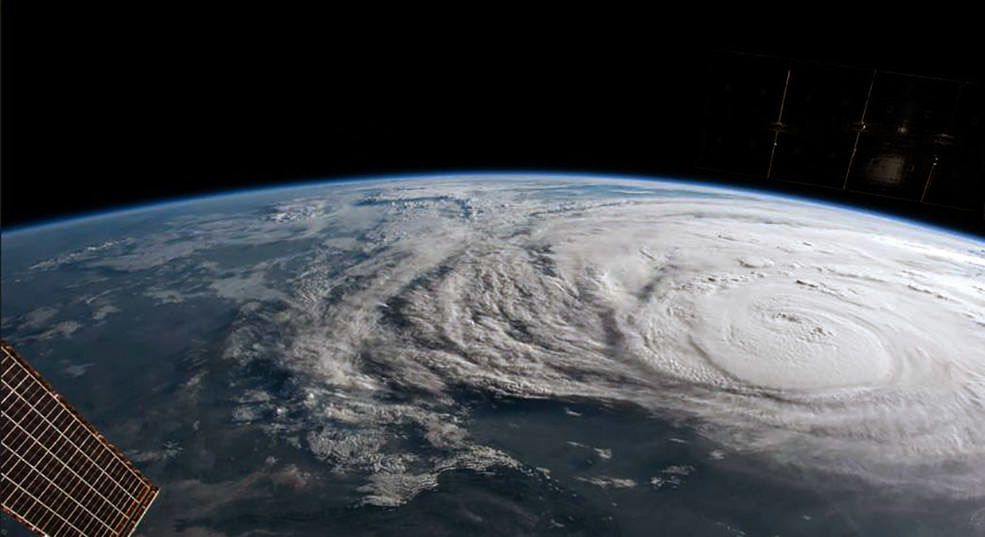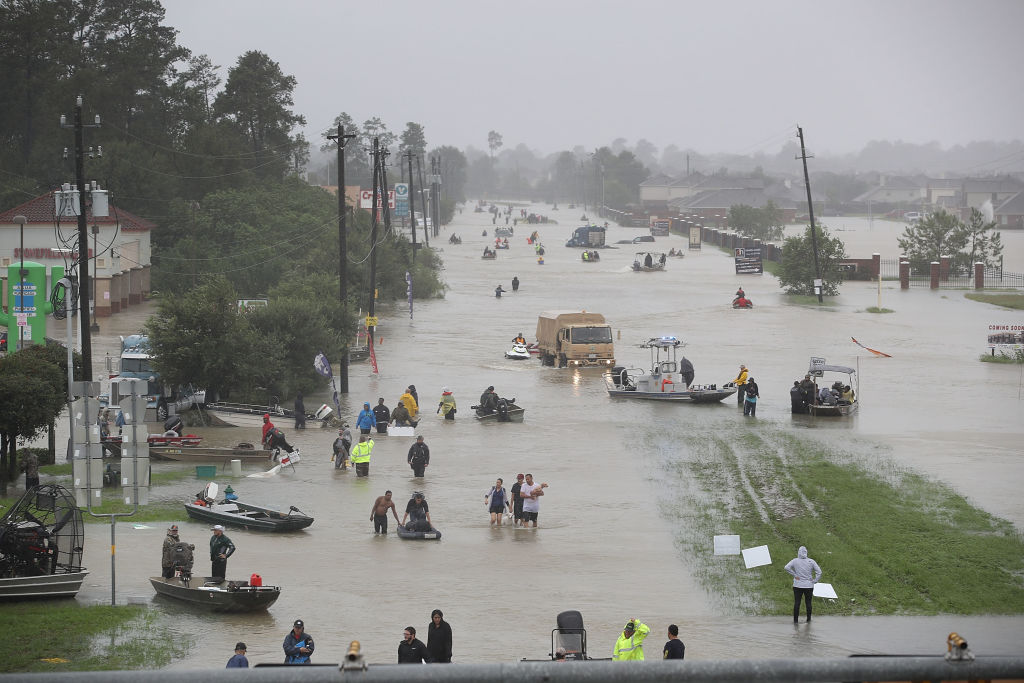One Year Later: Texas A&M Experts Discuss Hurricane Harvey And Storm Preparation
Note for media: Aug. 25 will mark the one-year anniversary of Hurricane Harvey, the costliest storm ever to hit Texas, totaling $125 billion in damages and causing catastrophic flooding in the Houston area. Texas A&M University storm experts John Nielsen-Gammon, professor of atmospheric sciences and State Climatologist, and Sam Brody, who directs the Center for Texas Beaches and Shores at Texas A&M-Galveston, offer some insight on Harvey and its aftermath.
Q: What is the overall lesson to be learned about Hurricane Harvey?
Sam Brody: It seems like people were prepared and there was still widespread devastation. The response to the storm was stellar, but preparation and mitigation were patchy and uneven. Harvey exposed underlying weaknesses in the management of flood risk across such a large region.
John Nielsen-Gammon: All extreme weather is local, and each event is different. Experience is usually our most reliable guide, but experience doesn’t work well when an event comes along that nobody has ever experienced. There’s also the danger that, since in some ways Harvey was rarer than a 1-in-1,000-year event, people will assume that everything they experienced during Harvey was extremely unusual. In reality, some places got the worst of Harvey, while others didn’t. It’s the same thing with hurricanes in general: most people who experience and survive a Category 4 hurricane like Harvey didn’t actually experience the part of the hurricane corresponding to Category 4 wind and storm surge. When the next Cat 4 comes along, it will follow a different track, have different storm surge, have different wind patterns, and just in general be different from the previous Cat 4 storm in ways we won’t know about until a couple of days before landfall.
Q: Is Texas sitting in the bullseye of hurricanes or have we been lucky that more major storms have not hit the state?
Brody: 10 years ago (2008), Harris, Galveston and Chambers counties were significantly impacted by Hurricane Ike, which included both surge and rainfall inundation. Houston and surrounding areas had major rainfall-based flooding in 2015 and 2016. So, we have not been so lucky and the problems will most likely continue in the future. No one can predict when the next major storm will hit, but to me, the better question is, would the same amount of rainfall 10 years ago have caused exponentially greater amounts of impact today?
Nielsen-Gammon: The number of major hurricanes striking or affecting Texas averages about four major hurricanes every 30 years. The past 30 years had three major hurricanes (Rita, Bret, and Harvey) and one that had the impacts of a major hurricane (Ike), so Texas hasn’t been especially lucky or unlucky in that regard. As for hurricanes of any intensity, we typically average three hurricanes every eight years, and we’ve only had one (Harvey), so Texas had been relatively unscathed by hurricanes recently. Since the Atlantic Basin overall has had normal activity, Texas has indeed been lucky with hurricane numbers. But as we saw with Harvey, it’s not the number of storms that matters so much as what each storm does. Harvey was by far the most devastating hurricane to strike Texas in the modern era.
As for this season, the tropical Atlantic is running cooler than normal, and El Niño conditions appear likely to develop in the tropical Pacific over the next few months. Both of these factors will help suppress tropical cyclone activity over the Atlantic. In some ways, the ocean temperatures are less favorable for hurricanes than they have been since the early 1990s. If indeed we get a break from hurricanes, we will take it and get ready for next year.
Q: What is the most often-asked question you get about hurricanes?
Brody: The most often-asked question I get is, why are hurricane impacts getting worse?
Nielsen-Gammon: People most often ask me whether we’re in for an active hurricane season. I warn them that, since it only takes one hurricane to cause devastation, you should be prepared for a hurricane strike in any year no matter what the seasonal outlook says.
Q: Despite all of our preparations and advance warnings, is Mother Nature always going to win no matter what we do?
Brody: There will always be flooding as that is a natural process. The issue is the human losses associated with these floods. That is a human built environmental and manageable problem. Disasters are human contrived; floods are natural part of living on the coast.
Nielsen-Gammon: Most deaths from hurricanes are avoidable once you know that a hurricane is coming. But most damage from hurricanes is unavoidable in the short term, because you can’t just up and move your house. The only way to fully protect against hurricanes is to live somewhere not affected by hurricanes. That’s not realistic, because the seas are our main means of international commerce, so jobs are located along the coast. Some places are more vulnerable than others because they’re low-lying and subject to greater risk of storm surge or inland flooding. Solid construction can protect against wind damage from most storms. Unfortunately, if you’re poor you may not be able to afford solid construction or to live in the safest areas.
Media contact: Sam Brody at (409) 740-4939 or brodys@tamug.edu or John Nielsen-Gammon at (979) 862-2248 or n-g@tamu.edu or Keith Randall at (979) 845-4644 or keith-randall@tamu.edu.







